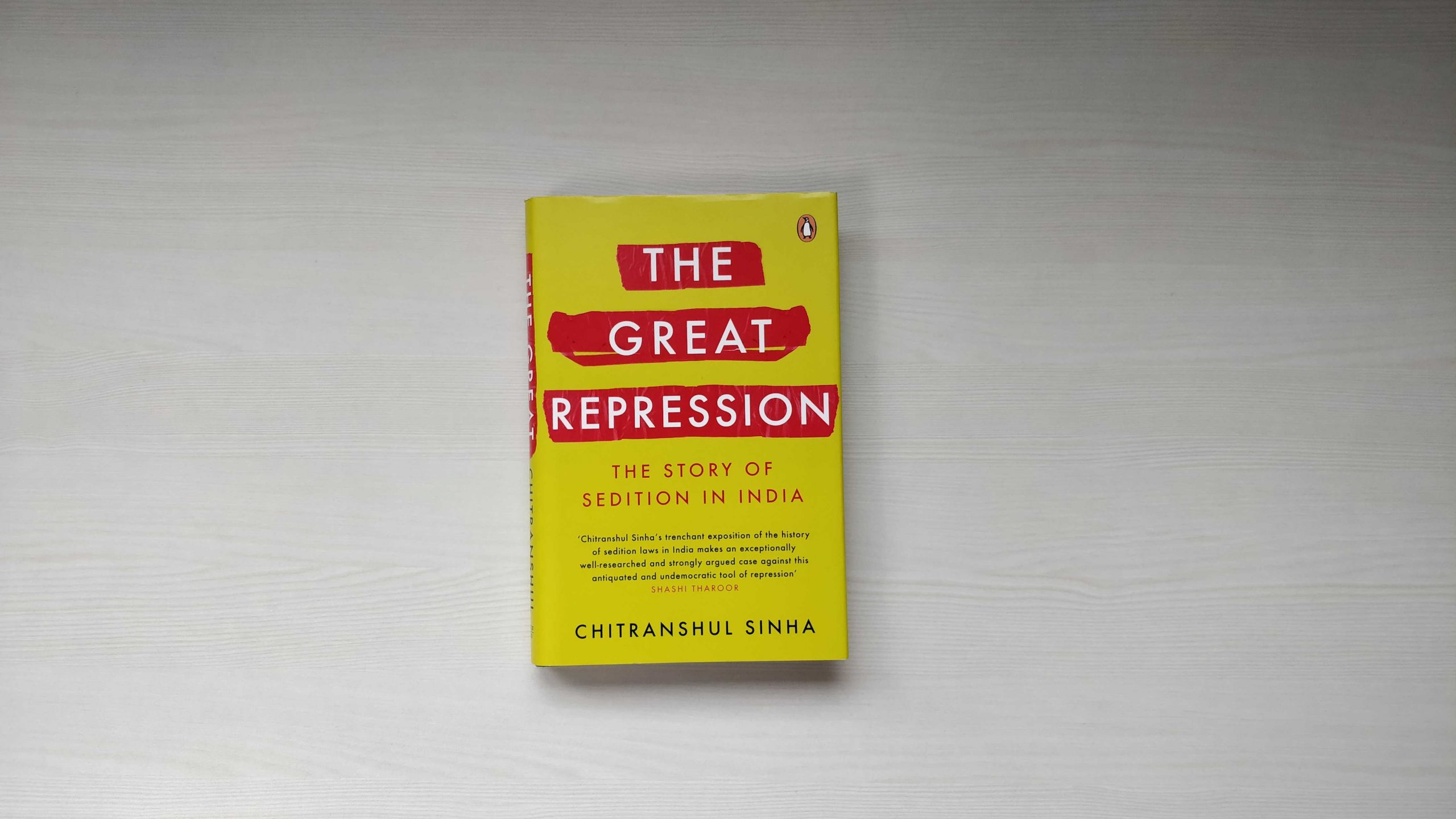
The Indian Penal Code (IPC) of 1860 was the first ever codification of offences and penalties in India. Chapter VI of the Indian Penal Code provides for ‘Of Offences against the State’, within which falls Section 124A which lays down the offence of ‘sedition’.
Section 124A was amended for the first time in 1898, and thereafter underwent multiple changes in the years 1937, 1948, 1950, 1951 and 1955. After the amendment of 1955, Section 124A has been left untouched by Parliament, and in its present form reads as under:
Sedition.— Whoever, by words, either spoken or written, or by signs, or by visible representation, or otherwise, brings or attempts to bring into hatred or contempt, or excites or attempts to excite disaffection towards, the Government established by law in India, shall be punished with imprisonment for life, to which fine may be added, or with imprisonment which may extend to three years, to which fine may be added, or with fine.
The Great Repression will attempt to tell the story of sedition, and the reasons and desirability of its continued existence. Read to know some facts about the Law of Sedition and its origin in India:
The provision on sedition was based on the Libel Act of 1792 enacted in England, and the law settled after that.
~
Sedition was categorized as a class of offences against internal public peace not accompanied by or leading to open violence. In fact, there was no such offence of ‘sedition’ known to English law. Rather than have a single offence called sedition, seditious offences were categorized as seditious words, seditious libels and seditious conspiracies.
~
On 25 November 1870, the Legislative Council of the governor general led by Stephen amended the IPC by Act XXVII of 1870 and introduced section 124A, which was a revised version of Clause 113 of the draft penal code.
~
The position of the law regarding sedition was consistent until 1942 during the Second World War.
~
Even if seditious activity was not directed against the government in explicit language but the inference was necessary by implication, it amounted to sedition under Section 124A.
~
Sedition under Section 124A of the IPC continued to be a statutory offence as Article 372 of the Constitution provides that any existing law in force in India as on 26 January 1950 would continue to be in force unless explicitly modified or repealed by the legislature.
The Great Repression by Chitranshul Sinha is a trenchant exposition of the history of the sedition law in India. It makes an exceptionally well-researched and strongly argued case against this antiquated and undemocratic tool of repression.









